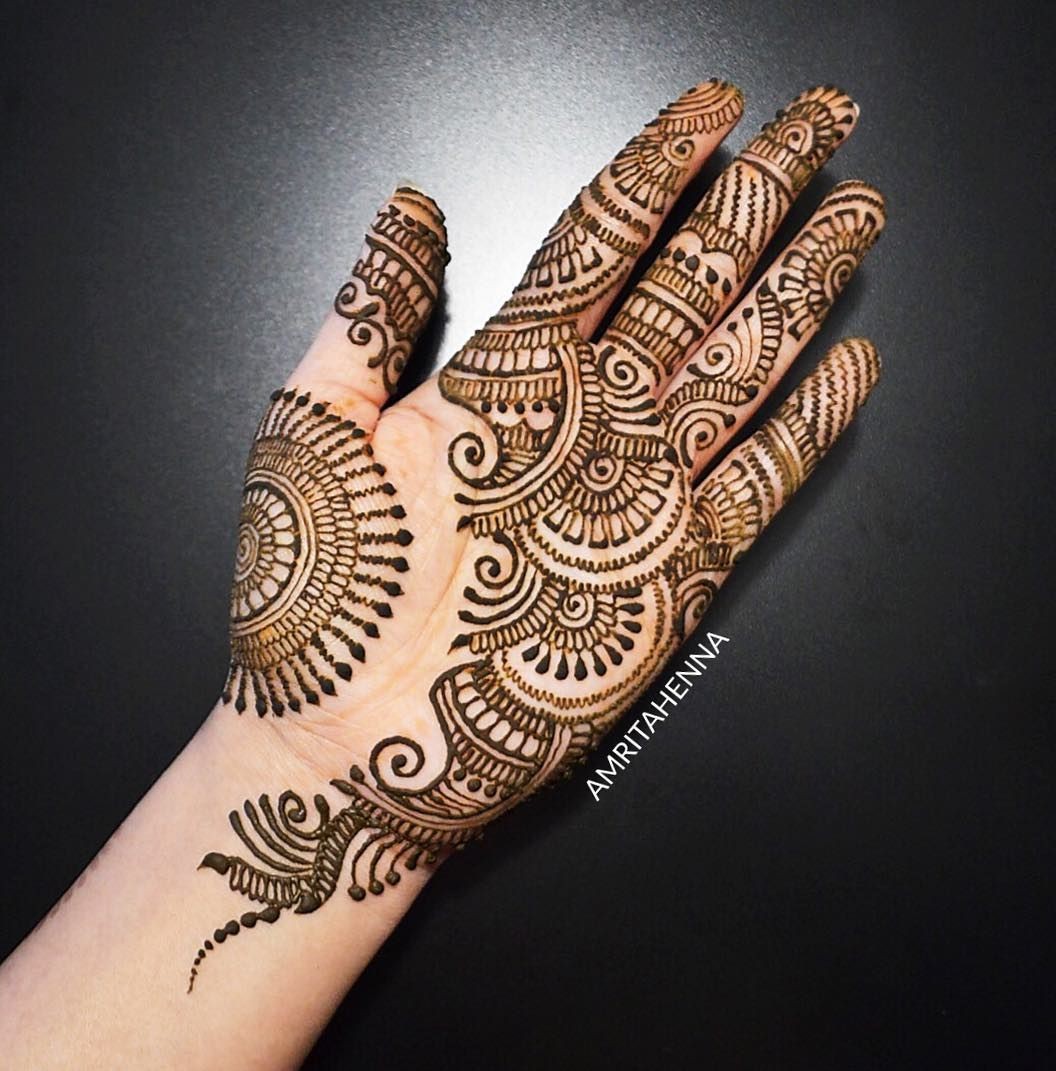Henna designs have become a popular form of body art, captivating people around the world with their intricate patterns and rich cultural significance. From weddings to festivals, these beautiful designs are not just about aesthetics; they carry deep-rooted traditions and meanings in various cultures. In this comprehensive guide, we will explore the various aspects of henna designs, the art of applying them, and tips for choosing the right designs for your special occasions.
In addition to their beauty, henna designs also serve as a means of self-expression. Whether you are looking to adorn your hands for a special event or simply want to try something new, understanding the different styles and techniques can enhance your experience. We will delve into the history, types, and cultural significance of henna, as well as provide you with inspiration for your next henna application.
As you read through this guide, you will discover the artistry behind henna designs and how they can transform your appearance. With the right knowledge, you can appreciate this ancient practice and apply it with confidence. Let’s embark on this journey into the world of henna designs!
Table of Contents
- History of Henna
- Cultural Significance of Henna Designs
- Types of Henna Designs
- Henna Application Techniques
- Aftercare for Henna Designs
- Design Inspiration and Ideas
- Choosing the Right Henna Designs
- Conclusion
History of Henna
Henna, scientifically known as Lawsonia inermis, has been used for thousands of years for body art and hair dye. Originating in the Middle East and North Africa, the use of henna spread to the Indian subcontinent and beyond. Its application dates back to ancient Egypt, where it was used to dye hair and nails, as well as to adorn the skin of mummies.
Throughout history, henna has been associated with various rituals and celebrations. In many cultures, henna is applied during weddings, festivals, and other significant life events. The art of henna has evolved over time, leading to diverse styles and techniques that reflect the unique cultural heritage of each region.
Cultural Significance of Henna Designs
Henna designs hold immense cultural importance in many societies. In South Asian cultures, for example, henna is an essential part of wedding celebrations. The bride's hands and feet are intricately adorned with henna, symbolizing love, joy, and prosperity. The darker the henna stain, the more love her husband is believed to have for her.
In Middle Eastern cultures, henna is used during festivals and celebrations, especially during Eid and other significant occasions. It is often applied to both men and women as a form of artistic expression and cultural pride.
Cultural Practices Involving Henna
- Bridal Henna: A significant part of wedding ceremonies in many cultures.
- Festivals: Celebrated during Eid, Diwali, and other cultural festivals.
- Rituals: Used in various rites of passage, marking important life events.
Types of Henna Designs
Henna designs can be broadly categorized into several styles, each with its unique characteristics. Understanding these styles can help you choose the perfect design for your needs.
Popular Henna Styles
- Traditional Indian Mehndi: Features intricate patterns and motifs, often incorporating floral designs, peacocks, and paisleys.
- Arabic Henna: Characterized by bold, flowing patterns with large open spaces, often featuring geometric shapes.
- Moroccan Henna: Known for its geometric patterns and bold designs that often include dots and lines.
- Contemporary Henna: A modern take on traditional designs, often incorporating unique elements and styles.
Henna Application Techniques
Applying henna requires skill and precision. Here are some popular techniques used to create stunning henna designs:
- **Cone Application**: The most common method, where henna paste is applied using a cone similar to a piping bag.
- **Stencil Application**: Stencils are used to create uniform designs, making it easier for beginners.
- **Freehand Application**: For the experienced artist, freehand application allows for creativity and personalization.
Aftercare for Henna Designs
To ensure your henna designs last longer and maintain their vibrancy, proper aftercare is essential. Here are some tips:
- Avoid water for the first 24 hours after application.
- Moisturize the area with natural oils, such as coconut or olive oil.
- Keep the henna design away from harsh chemicals and exfoliants.
Design Inspiration and Ideas
If you're looking for inspiration for your next henna design, consider these ideas:
- Floral Patterns: Roses, lotus flowers, and vines.
- Geometric Shapes: Triangles, squares, and intricate mandalas.
- Personal Symbols: Incorporate initials, dates, or meaningful symbols.
Choosing the Right Henna Designs
When selecting henna designs, consider the occasion, your personal style, and the level of intricacy you desire. Here are some tips to help you choose:
- For weddings, opt for elaborate designs that cover the hands and feet.
- For casual events, simpler designs or wrist tattoos may be more suitable.
- Consider the cultural significance of certain designs to ensure respect and appropriateness.
Conclusion
Henna designs are not just beautiful; they are steeped in history and cultural significance. By understanding the various styles and techniques, you can appreciate this art form and choose designs that resonate with you. Whether you're preparing for a wedding, a festival, or simply want to express yourself, henna offers a unique way to adorn your skin. We invite you to share your thoughts and experiences with henna in the comments section below, and don't forget to explore our other articles for more inspiration!
Thank you for joining us on this journey through the world of henna designs. We hope you found this guide informative and inspiring. Happy henna decorating!
Ultimate Guide To Tracker TV Shows: Everything You Need To Know
Exploring The Life And Legacy Of Bradley Nowell: The Iconic Frontman Of Sublime
Lilith Love: The Rising Star In The Adult Industry


